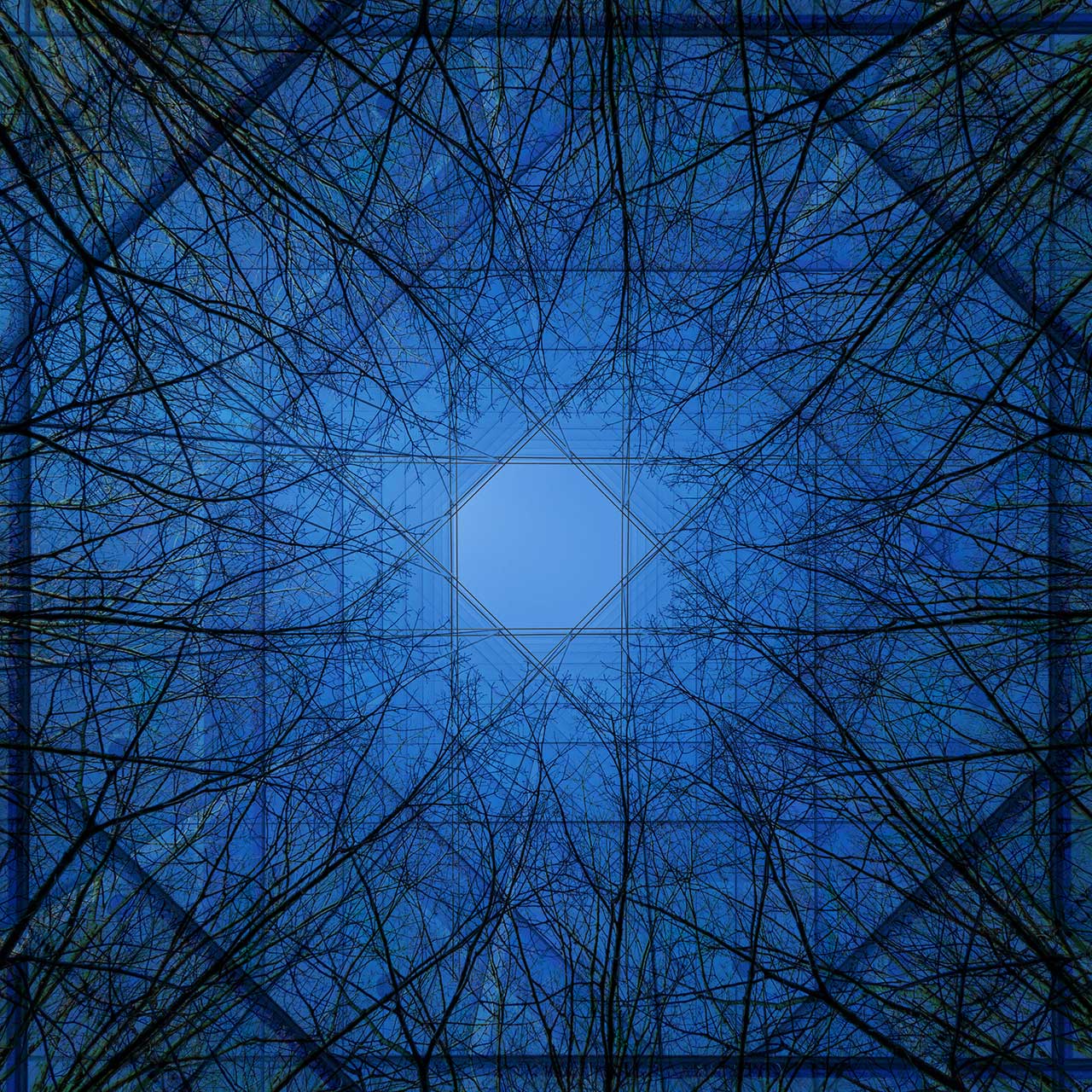‘ARCHITECTURAL MANDALAS’ | Photographic Series
By Pygmalion Karatzas
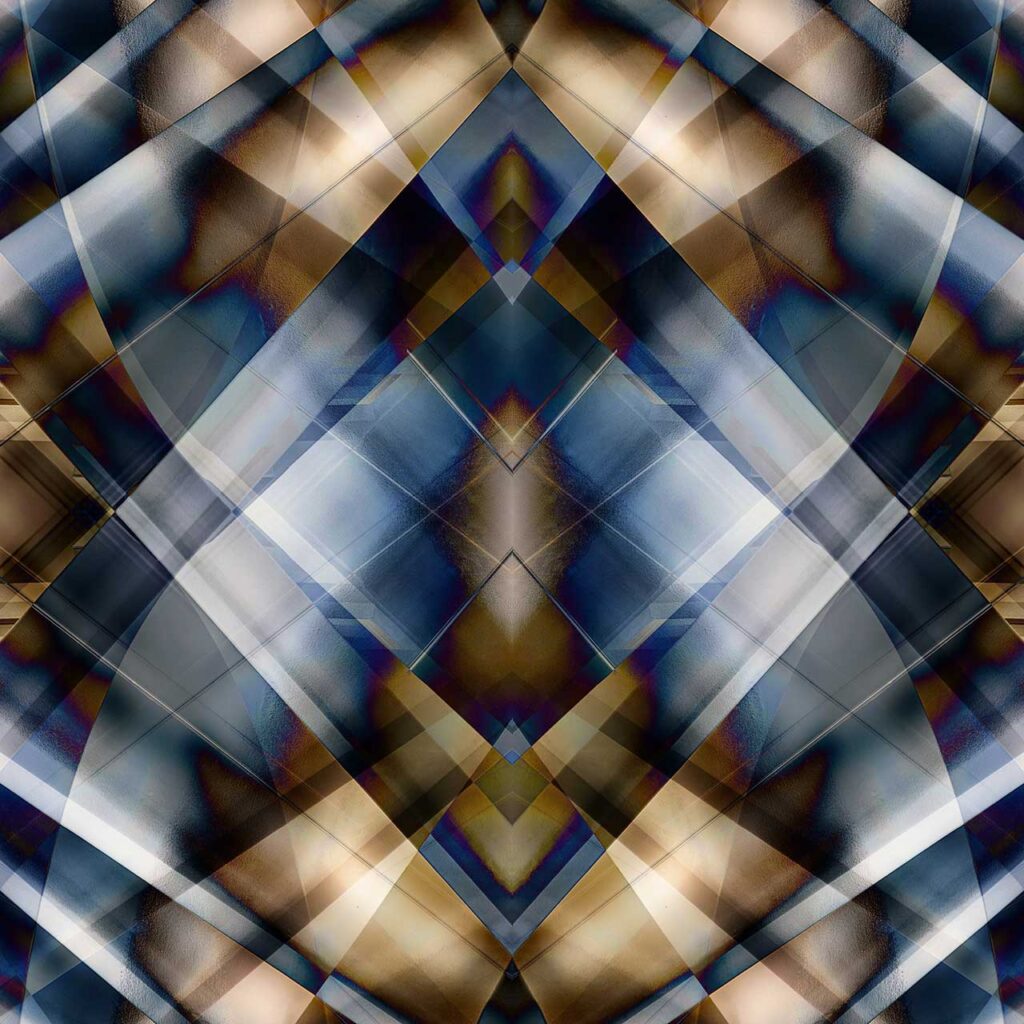
‘Architectural Mandalas’ is a series inspired by the traditional mandalas’ geometric configurations. The images have – as a staring point – an architectural detail from commissioned projects which are then deconstructed and manipulated to reach mesmerizing geometric abstractions.”
In spiritual traditions, mandalas have been used as a guiding tool for focusing attention to aid meditation or for establishing a sacred space in an induced trance. In Eastern religions like Hinduism and Buddhism, cosmic symbols and sacred geometry are layered upon each other to represent maps of a spiritual journey and the archetypal relationship between the outer world (macrocosm) and man’s inner world (microcosm). As such, they are visualizations of the inner-outer synthesis of human consciousness.
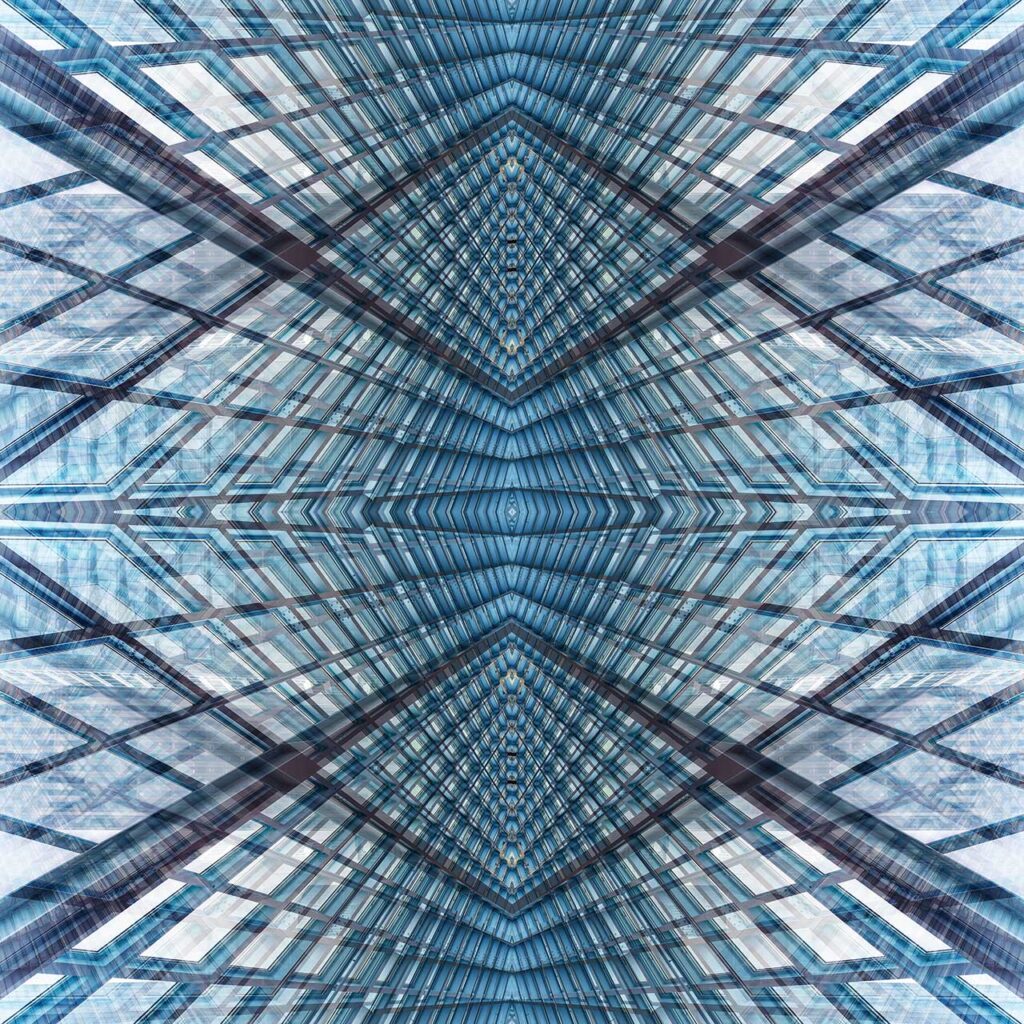
In spiritual traditions, mandalas have been used as a guiding tool for focusing attention to aid meditation or for establishing a sacred space in an induced trance. In Eastern religions like Hinduism and Buddhism, cosmic symbols and sacred geometry are layered upon each other to represent maps of a spiritual journey and the archetypal relationship between the outer world (macrocosm) and man’s inner world (microcosm). As such, they are visualizations of the inner-outer synthesis of human consciousness.
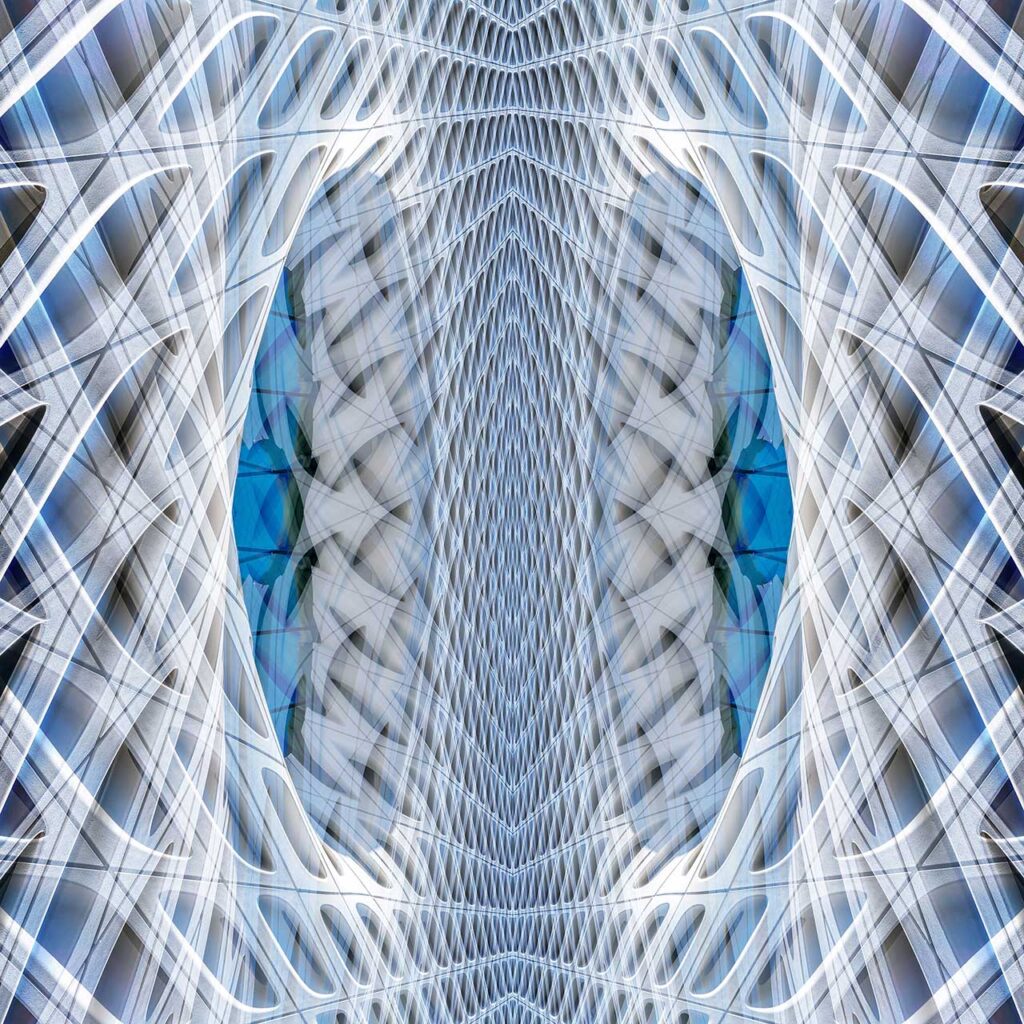
Contemporary architecture broke free from the constraints of Euclidean geometry and disassociated itself from the politically-charged sacred geometry while at the same time finding inspiration and new interpretations in cosmogenic architecture, biomimicry, and biophilia. In my formative architectural years, those two strata have co-developed in an irregular tapestry of content creation and consumption, rarely finding moments of reconciliation.
Working on the creation of this series gave me the feeling that these two worlds that, externally and internally, have spent years drifting in opposite directions have found unifying holons to co-exist. Visual manifestations of inner-outer synthesis are concurrently personal and transpersonal.
PYGMALION KARATZAS

Pygmalion Karatzas studied Architecture at the Technical University of Budapest (1991-95), Urban Design at Heriot-Watt University in Edinburgh (1995-97) and practiced architecture for 12 years. In 2006 he participated in the first ‘Ecovillage Design Education’ training-of-trainers course in Findhorn, organized by the Global Ecovillage Network and endorsed by the United Nations Institute for Training and Research. Since 2013 he has been focusing systematically on architectural and fine art photography, producing a portfolio of 250+ architectural, commercial, and artistic projects from Europe, the USA, and the Middle East.
“Contemporary architecture broke free from the constraints of Euclidean geometry and disassociated itself from the politically-charged sacred geometry while at the same time finding inspiration and new interpretations in cosmogenic architecture, biomimicry, and biophilia.”

Karatzas’ images are regularly featured in Greek, and international media, and they have received over 100 distinctions from leading global photographic competitions. He has participated in exhibitions in Greece, Italy, France, the UK, and the USA, with fine art prints being part of public and private collections. Between 2014 and 2019, he served as the photo editor for the Danish Architecture Center at their ezine arcspace.com. Divisare Atlas of Architecture ranks him among the top 100 architectural photographers worldwide. He is a contributing photographer to Arcaid Images London, iStock Getty Images, and Adobe Stock.
His book collection ‘Integral Lens’ received the 3rd place in the PX3 Prix de la Photographie Paris 2018, and ‘Nortigo’ received the 2nd place in the Moscow International Foto Awards 2019. Between 2015 and 2016, with the prestigious Fulbright Artist Scholarship award, he traveled for 5 months across the United States, where he conducted the project ‘Integral Lens’ – an integral approach to the study and representation of the built environment through the photographic medium. Other noteworthy photo-reportage include the architectural boom in Doha, Qatar; the national pavilions at the EXPO 2015 in Milan; the Oceanus scientific expedition of the University of Patras in Lebanon; the coverage of Attiko Metro constructions in Athens and Thessaloniki for the Hellenic Ministry of Infrastructure and Transport; the environmental expeditions of the A.C. Laskaridis Charitable Foundation around Greece with the Typhoon Project. In collaboration with a professor of architecture, Mark DeKay, and in affiliation with the University of Tennessee in Knoxville, their paper on a multi-perspectival approach to architectural photography was presented at the 3rd Integral European Conference in Hungary; at the 5th Trieste Photo Days Festival; and at the Integral Design & Research Lecture Series of the University IUAV of Venice.
Since 2019 it has become part of an academic mini-term curriculum. ‘Capturing the Human Experience in Place’ was developed and conducted by Mark DeKay, Pygmalion Karatzas, and Susanne Bennett as a traveling photographic workshop for students from various faculties.
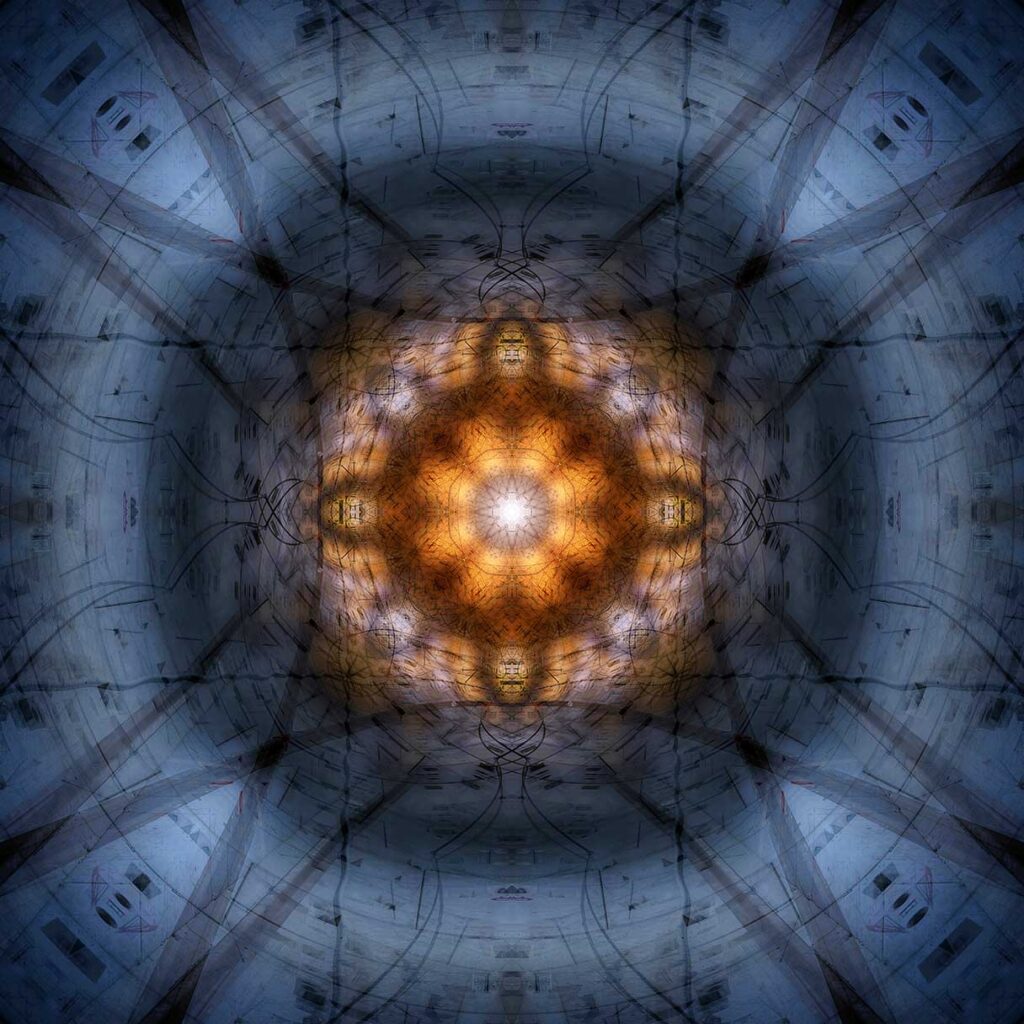
Through his commissioned assignments from architectural firms, businesses, and organizations, his collaborative photojournalistic reportages, as well as his self-initiated photographic projects, he exhibits his passion and dedication to the study, representation, and dissemination of the built environment and its broader role as a cultural asset.

